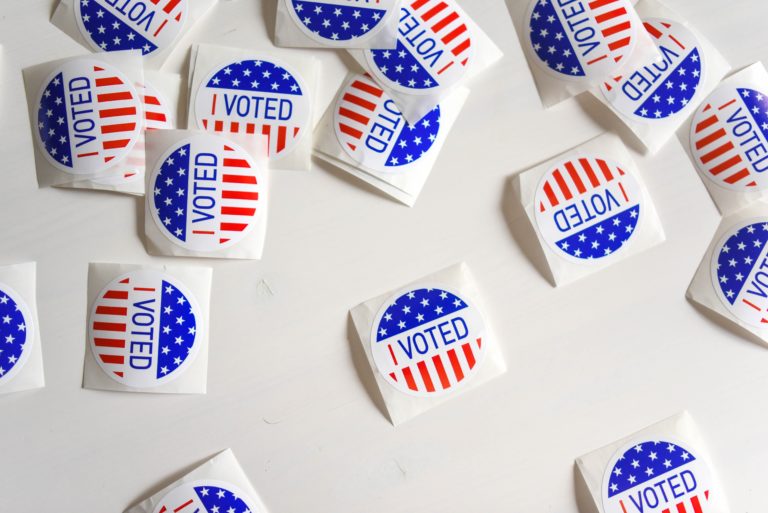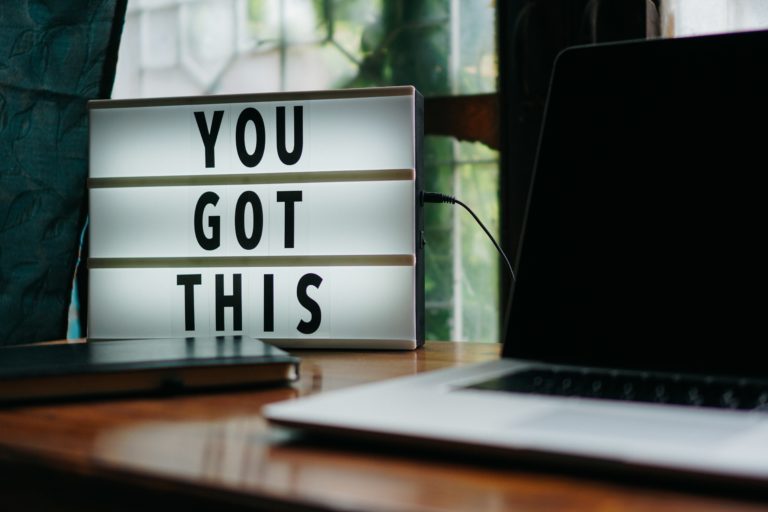Interested in electoral reform and electing more women, but overwhelmed by the prospect of…
Why “Women’s Issues” Is a Misnomer

The race to 2020 has seen a record number of women candidates, women on the debate stage and a DNC rule which requires at least one woman moderator for every primary debate. But, despite these historic accomplishments, “women’s issues” are almost invisible when it comes to the past four debate stages.
Perhaps the problem is, the term “women’s issues” is a misnomer, it relegates the impact of such issues and policies and suggests they only affect women, and compartmentalizes the topic, when in fact “women’s issues” overlap with the macro debate topics of the economy, gun control, health care, civil rights, climate change and even foreign affairs.
Domestic violence, sexual harassment and stalking are closely associated with and intertwined with the economy and the need for gun control. In the U.S., 52 women a month are killed with a gun by a current or former intimate partner, and women are 21 times more likely to be shot in America than in any other high-income country. The 2019 VAWA reauthorization bill included closing loopholes which allowed convicted domestic abusers access to guns by requiring and enforcing background checks. The National Network to End Domestic Violence (NNEDV) has compiled statistics on the economic impact of domestic violence, sexual harassment and rape: rape costs the U.S. government $127 billion a year, and domestic violence costs U.S. employers up to $13 billion a year. Not only do “women’s issues” contribute to the gender pay gap, they also have a real impact on the national economy and employers, a cost which has been proven to decrease with effective policies such as VAWA. And reproductive justice is not just about Roe v. Wade; it also concerns the high maternal death rates and lack of prenatal health care for women.
These problems also disproportionately impact Black and Latinx women, making them not just “women’s issues” but systemic problems facing communities of color. Sustainable Development Goal 5 (SDG 5), gender equality, includes sub-goals of increasing access to education and economic opportunities for women and girls. Making progress on these sub-goals both in the U.S. and abroad through foreign policy decisions has a domino effect on climate change; as women gain higher levels of education and access to economic opportunities, they often have more control over the number of children they chose to have and increased access to positions of leadership both in the private and public sectors – all of which helps with sustainable development and dealing with the dire consequences of climate change.
The essayist Rebecca Solnit, once wrote “if you lack words for a phenomenon, an emotion, a situation, you can’t talk about it, which means you can’t come together to address it, let alone change it.” We have the words and the opportunity to address these issues which we have as a society termed “women’s issues;” now, we must address them. Even if not all voters think “women’s issues” affect them, it is up to candidates to show how they do and how solving them will help the entire electorate, not just women. Women make up 50.6 percent of the U.S. population, it’s time they are equally represented in the debate. Dropping in a line about women or an anecdote was a start, but is no longer enough.






